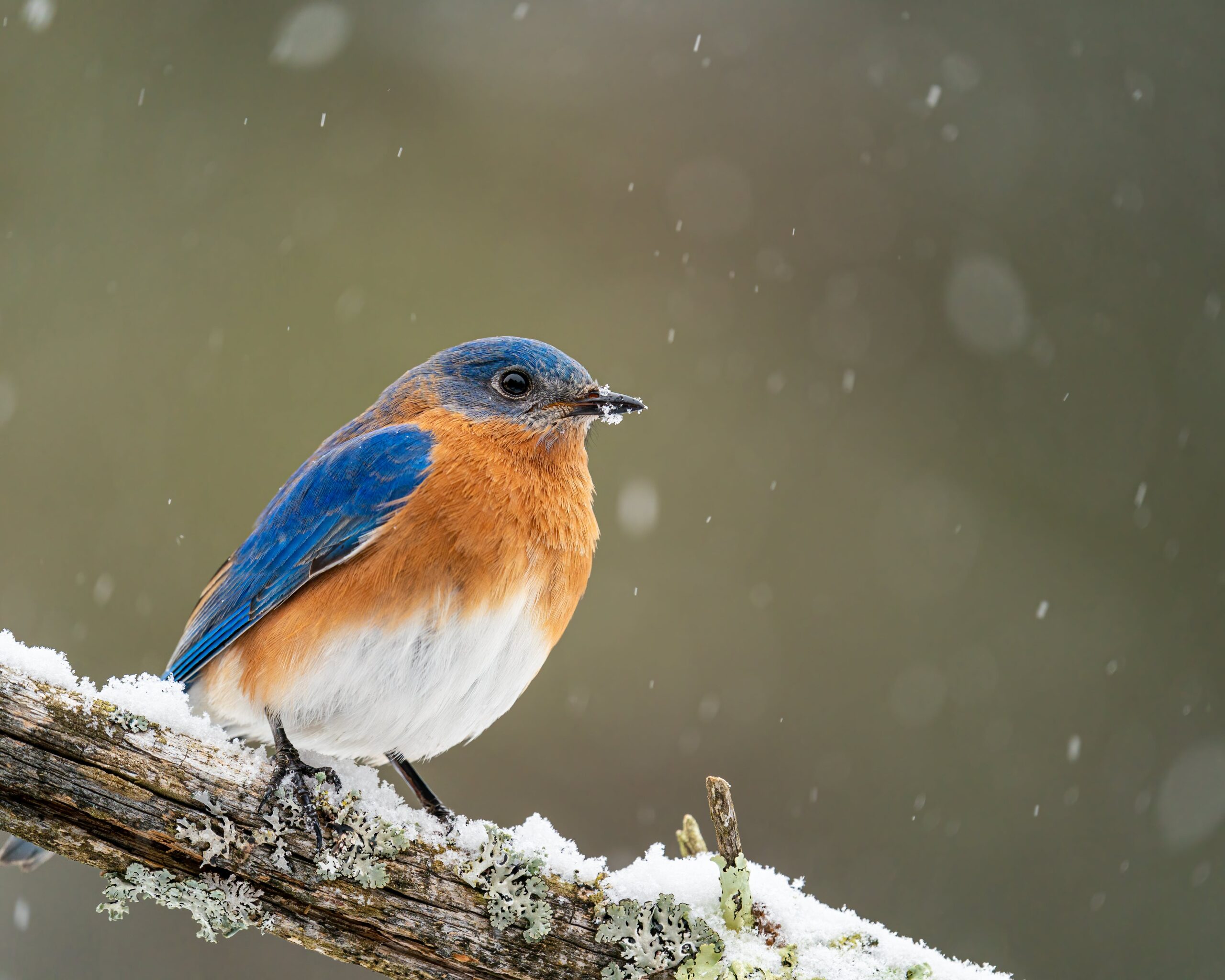When we think of birdhouses, we might think of places where birds nest in spring and summer. But some birds—both resident birds and those that don’t migrate to somewhere warm for winter—will also use birdhouses or roost boxes in the winter as places to shelter. Let’s talk more about these birds, and what we can do to make their winter stay more comfortable.
Which Birds Use Birdhouses in Winter?

Cavity-nesting birds, including many songbirds, use birdhouses in the colder months. Bluebirds, chickadees, titmice, screech owls, swallows, cardinals, sparrows, jays, wrens, and woodpeckers will all use birdhouses or roost boxes to stay warm and out of inclement weather during winter. Especially for smaller birds, finding a safe, warm, and dry place to rest is critical during harsh winter weather. And your birdhouse or roost box also acts as protection against hungry predators preying on birds that are weak and vulnerable from fighting freezing temperatures.
What Kind of Birdhouse Should I Get for Winter?
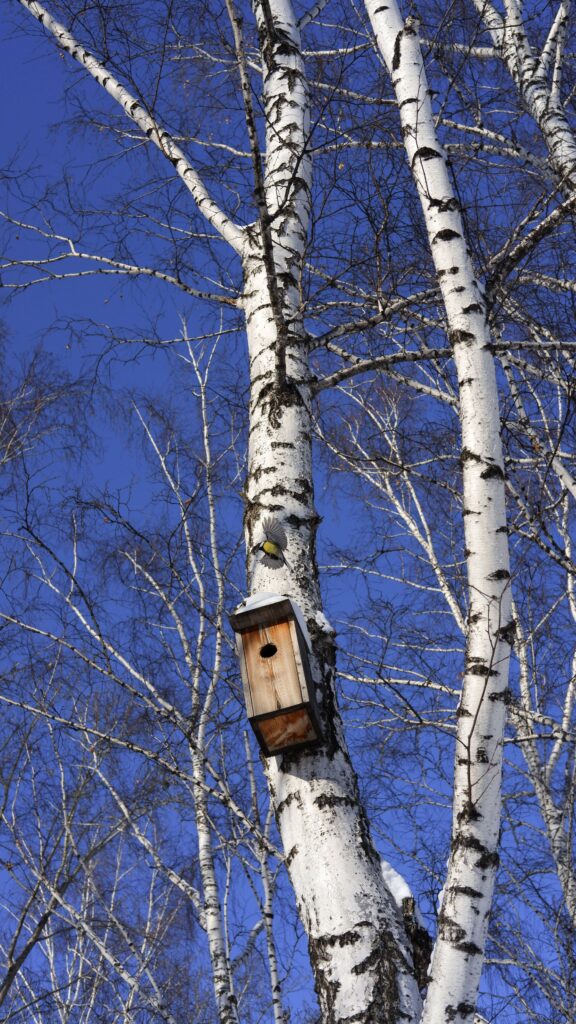
Roost boxes are ideal for wintering birds, since they allow room for several birds to shelter together and keep each other warm. However, you can also use nest boxes or birdhouses, though they’ll probably need to be winterized to keep the heat in and the cold out. For example, most nest boxes have ventilation holes so that the birds and their young don’t get overheated in the spring and summer. To use those nesting boxes in winter, plug those holes with tape or caulk. If you can, unscrew the front panel of the nest box and reposition it so that the hole is closer to the bottom, keeping the rising heat from leaking out.
When Should I Put My Winter Birdhouse Out?
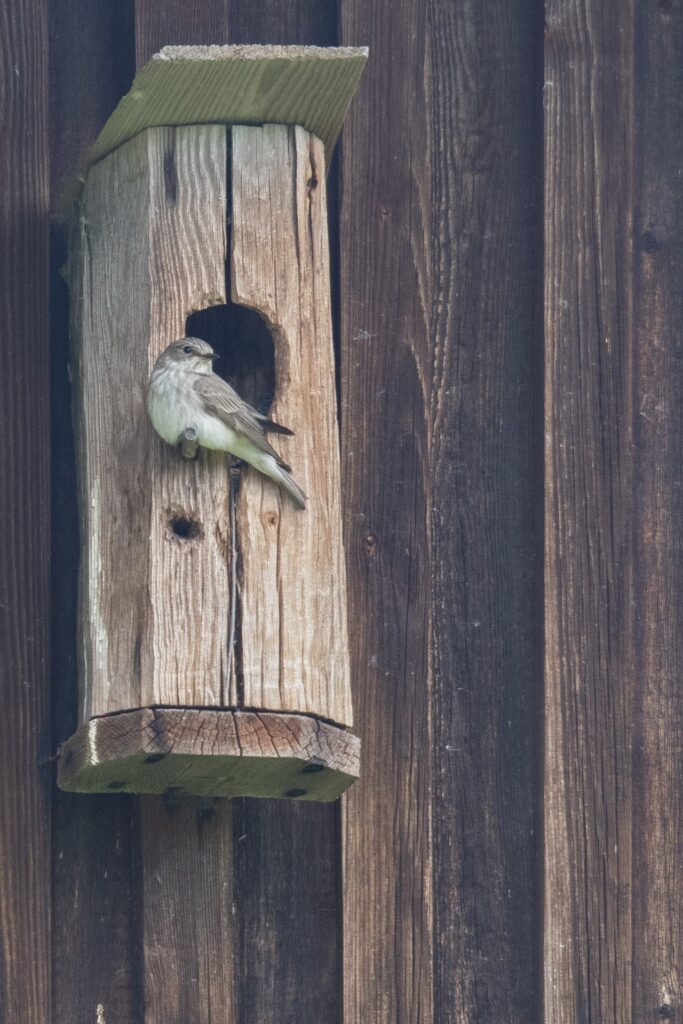
The rule of thumb for putting out birdhouses for winter? It’s never too early. This is especially true because birds are master planners, always scouting out resources for the future. Many birds looking for winter chateaus will do it when the sun is still shining. So if your birdhouse is still up from the spring and summer months, leave it out for fall and winter. Just make sure to clean it out between seasons or between broods.
If you’re just getting your winter birdhouse out now, no worries! Birds will likely still find your roost boxes, nest boxes, and birdhouses—and they’ll appreciate the warm “bed” on those cold chilly nights.
Where Should I Mount My Winter Birdhouse?
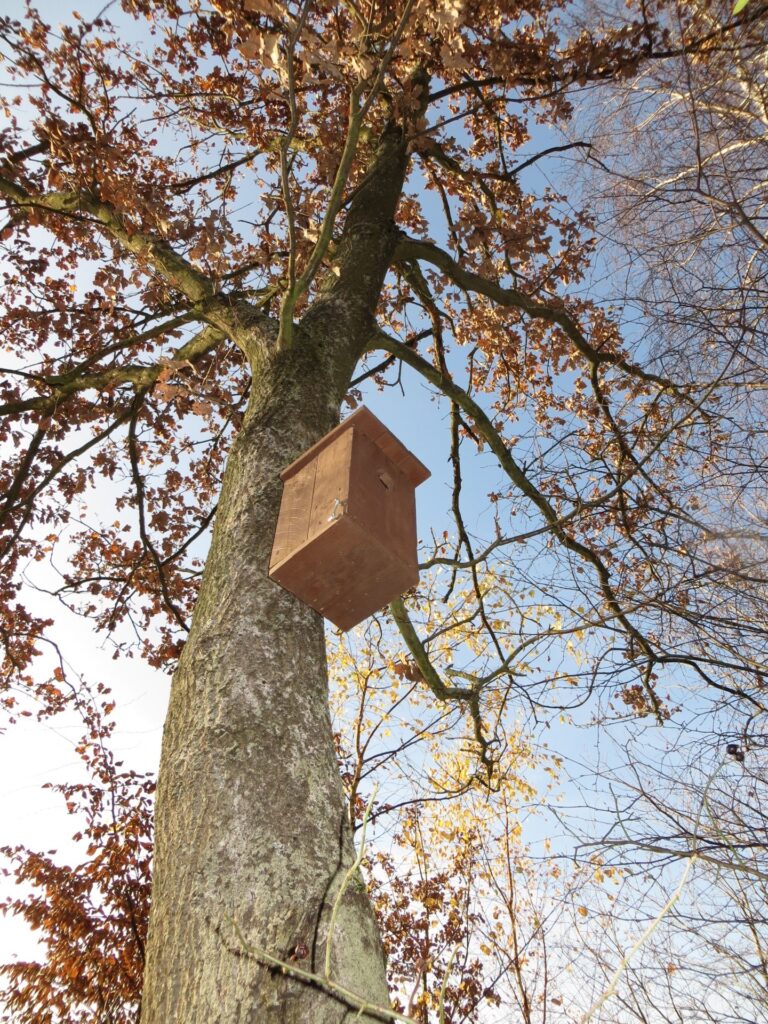
When considering a spot to hang or mount your birdhouse in winter, consider the needs of your bird guests. They’re looking for a place away from the driving wind, rain, and snow. And they want to be inaccessible to predators. Look for a spot that’s sheltered from snow and rain, like under a tree branch or house eave. And position the entrance hole to your birdhouse away from wind gusts. Hang or mount your birdhouse or box on a baffle, pole, or tree trunk, placing it at a minimum height of 10 feet.
How Do I Clean My Birdhouse to Get Ready for Winter?
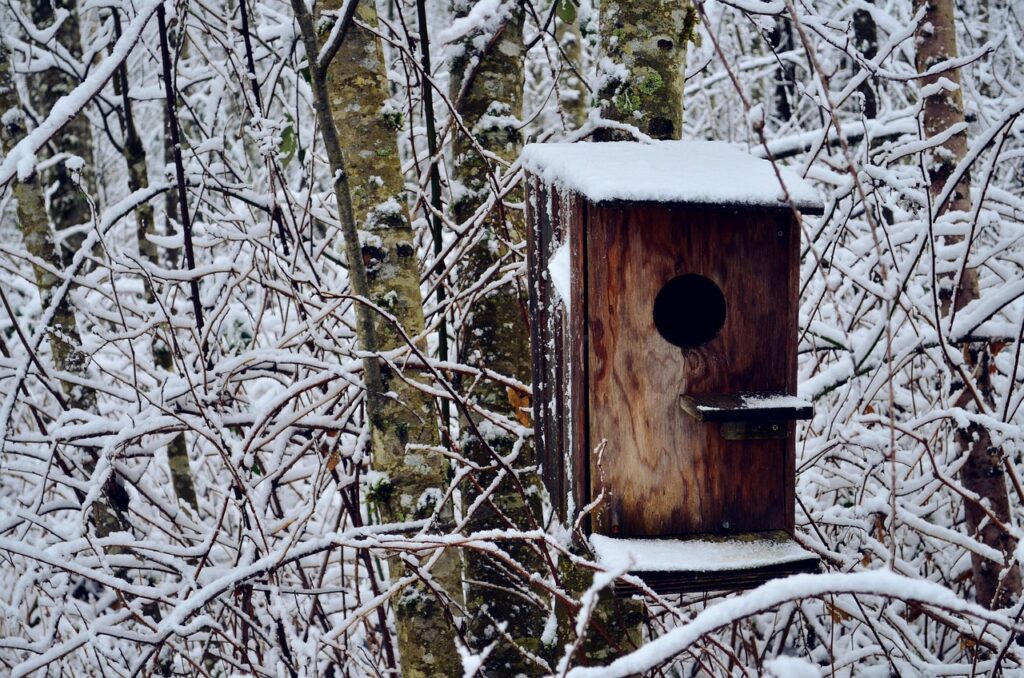
If you’re using the same birdhouse, nest box, or roost box for multiple seasons and/or broods, you should deep clean it regularly. At least once a season (and between broods), check the birdhouse for old nesting materials, debris, mold, and mildew. In addition, you’ll want to look out for mice, wasps, and other interlopers that may have moved in. Follow these steps to deep clean your birdhouse safely:
- With gloves on, gently open the birdhouse or nest/roost box.
- Before you stick your hands inside, visually inspect the box or house for insects and pests. (NOTE: If there are wasps or bees inside, we recommend calling a pest control or wildlife professional to clear them out safely.)
- Remove all debris.
- With hot soapy water, or a 10% bleach solution (and nine parts water), wash and scrub the interior with a stiff brush.
- Rinse thoroughly and let air dry completely before re-mounting.
How Can I Get My Birdhouse Ready for Wintering Birds?
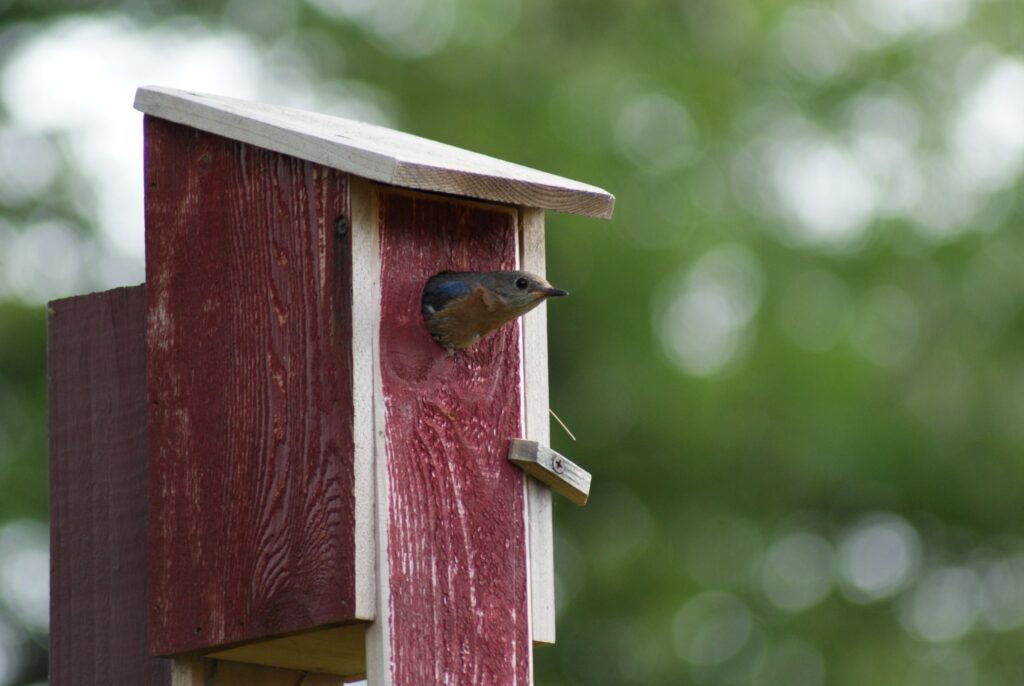
Now that your birdhouse is clean and dry, you can add a few accoutrements that wintering birds will really appreciate. To insulate the birdhouse or roost box, add a layer of pine shavings, clean and dried grass, hay, dry wool, wood shavings, and/or other natural nesting materials.
What Else Can I Do to Help Winter Birds?
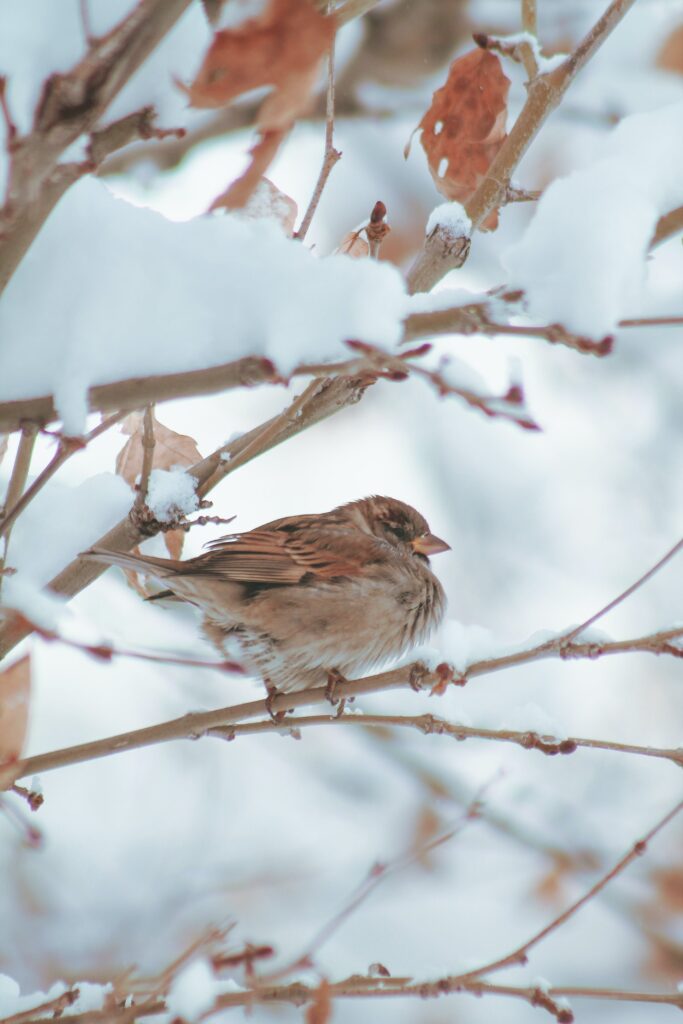
Put out bird feeders. The fact is, birds need food all year round, but in winter especially. Between the exhaustion of migrating and the energy spent looking for food, keeping warm, and raising their young, birds need sustenance! And in winter, natural food sources are in short supply, so feeders are a godsend.
Provide a water source. Yes, birds need water in winter too! They still need it to drink and bathe, which is why keeping a heated birdbath or other temperate water source in your yard does wonders.
Be a bird friend. You’re already on your way, providing the three most important needs for birds: food, water, and shelter. Still, there are so many ways to help our local birds, including learning more about them and how to support them.
Heard About Our New Seed Subscription?
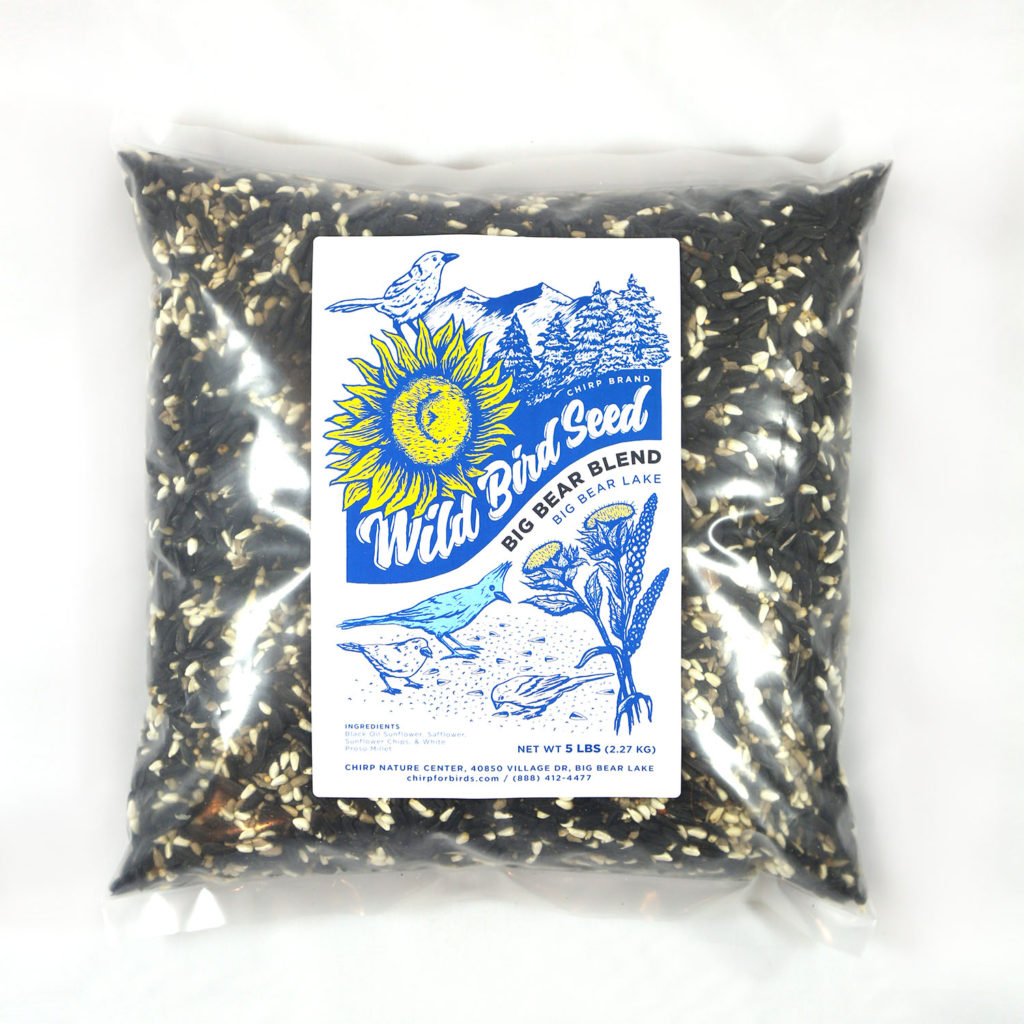
Just in time for winter, stay cozy under your covers and get seed delivered right to your door! Never let your feeders go empty—fill them up with our proprietary Big Bear Blend mix, loved and approved by our picky local birds. Plus, you’ll save over 9% when you subscribe to our seed subscription service. Just choose when you want your 5-lb. bag delivered: weekly, bi-monthly, or monthly—or simply order as needed. Sign up today!

